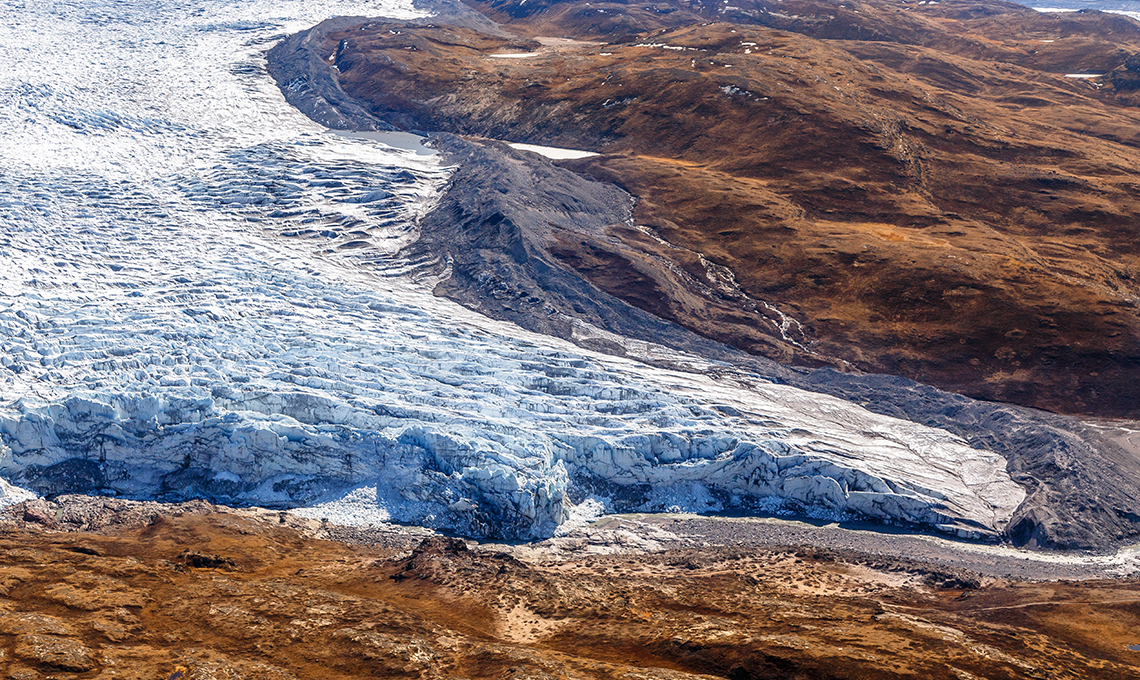
Ice sheets may add 40 centimetres to sea levels
If greenhouse gas emissions are not reduced, the ice sheets of Greenland and Antarctica could together contribute about 40 centimetres of global sea level rise by the year 2100. Notably, this is beyond the amount that has already been set in motion by Earth’s warming climate.
The new prediction is produced by an international effort. Led by NASA (USA), the Ice Sheet Model Intercomparison Project (ISMIP6) has brought together more than 60 leading scientists representing a range of disciplines and 36 international institutions.
Creeping like a drop of honey
The project uses Elmer/Ice, an Open Source Software for Ice Sheet, Glaciers and Ice Flow Modelling. Elmer/Ice is an add-on package to Elmer, which is a multi-physics Finite Element Model suite mainly developed by the Finnish national research and education network CSC.
“Ice creeps along an inclined surface like a very viscous drop of honey. Elmer/Ice is one of the few ice flow models that does not apply simplification to the governing equations of highly viscous fluid flow and hence is a highly accurate but computationally expensive tool to perform simulations as given in this study,” explains Thomas Zwinger, CSC.
For the Greenland ice sheet, the ISMIP6 team investigated two scenarios which the UN International Panel on Climate Change (IPCC) has set for the future climate; one with carbon emissions increasing rapidly, another with lower emissions.
In the high emissions scenario, the team found the Greenland ice sheet to contribute an additional 9 cm to global sea level rise by 2100. In the lower emission scenario, the contribution would be 3 cm.
Highly complex situation in Antarctica
Ice loss from the Antarctic ice sheet is more complex to predict: in the west, warm ocean currents erode the bottom of large floating ice shelves, causing loss; while the vast East Antarctic ice sheet can gain mass, as warmer temperatures cause increased snowfall. Thus, the results point to a greater range of possibilities, from ice sheet change that decreases seal level by 7.8 cm to increasing it by 30 cm by 2100, with different climate scenarios and climate model inputs.
The new results will serve as part of the input to the Sixth IPCC report scheduled for release in 2022.
For more information please contact our contributor(s):

